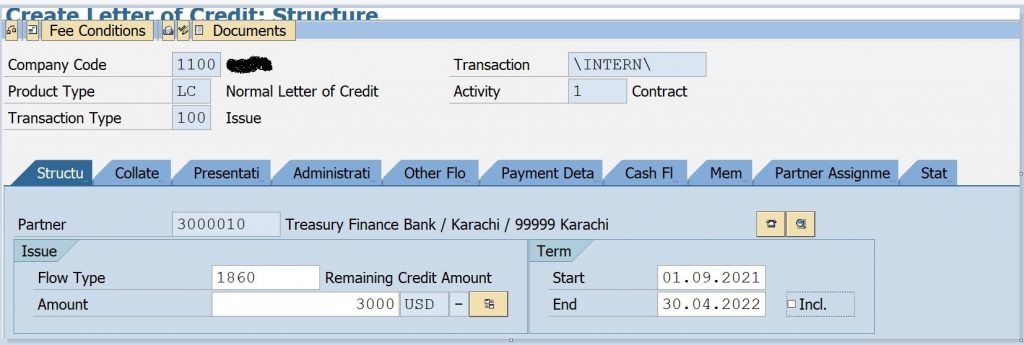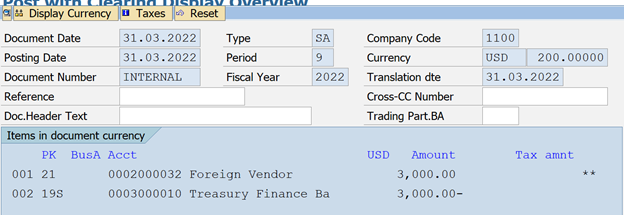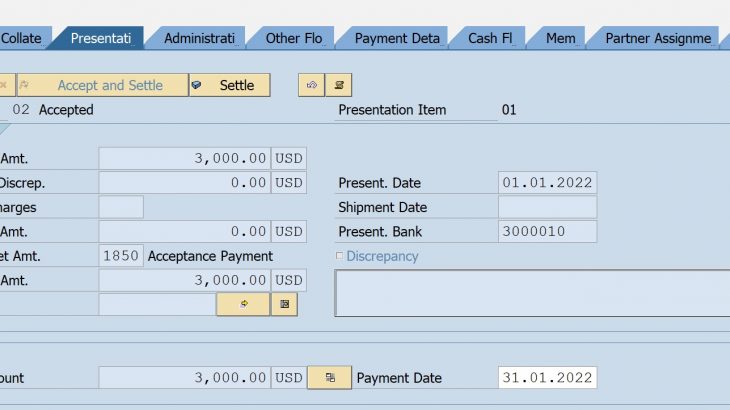1. Letter of Credit (LC):
A letter of credit or LC is a document issued by the importer’s bank (opening bank) on importer’s behalf. Through its issuance, the exporter is assured that the issuing bank will make a payment to the exporter for the international trade conducted between both the parties.
The importer is the applicant of an LC, whereas the exporter is a beneficiary. In an LC, the issuing bank promises to pay the mentioned amount as per the agreed timeline and against specified documents.
A guiding principle of an LC is that the issuing bank will make the payment based solely on the documents presented to it by the exporter or the exporter’s bank and they are not required to physically ensure the shipping of the goods. If the documents presented are in accordance with the terms and conditions of the LC, the issuing bank has no reason to deny the payment.
2. Importance:
A letter of credit is beneficial for both the parties as it assures the seller (i.e. exporter) that he will receive his funds upon fulfillment of terms of the trade agreement and the buyer (i.e. importer) can show his creditworthiness and negotiate longer payment terms, by having a bank backing the trade transaction.
3. Process:
- Issuance of LC
After the parties to the trade agree on the contract and the use of LC, the importer applies to the issuing bank to issue an LC in favor of the exporter. The LC is sent by the issuing bank to the advising bank. The latter is generally based in the exporter’s country and may even be the exporter’s bank. The advising bank (confirming bank) verifies the authenticity of the LC and forwards it to the exporter.
- Shipping of goods
After receipt of the LC, the exporter is expected to verify the same to their satisfaction and initiate the goods shipping process.
- Providing Documents to the confirming bank
After the goods have been shipped, the exporter (either on their own or through a Freight Forwarder presents the documents to their advising/confirming bank.
- Settlement of payment from importer and possession of goods
The advising/confirming bank (i.e. bank of exporter/seller), in turn, sends the documents to the issuing bank and the amount is paid, accepted, or negotiated. The issuing bank verifies the documents and obtains payment from the importer. It sends the documents to the importer, who uses them to get possession of the shipped goods
4. Scenario:
User has a scenario of import of goods through LC. For this purpose, user approaches a bank to pay on their behalf to the exporter. Initially user completes the process of PR and PO then asks the import department to generate the LC request from the bank and after the agreement of both the parties (Importer and Exporter) bank opens the LC. After the completion of LC process exporter shipped the goods and sends the original documents to the advising bank then advising bank sends all relevant documents to the importer’s bank after the payment. Eventually the user withdraws the documents from the bank after payment from their bank account. Currently they don’t book the foreign supplier invoice but for audit purposes they record stock in transit in period end closing activity.
5. Solution:
In SAP we follow the following menu path to map in system:
Purchase Requisition → Purchase Order → LC request → LC opening → LC Document Retire→ Foreign Vendor Invoice → LC Bank Payment to Foreign Vendor → Stock In Transit → Goods Arrived at port→ Invoice & Payment of local Vendors → Goods Receipt
In our scenario we will take the example of LC opening of USD 3000 with reference to the Purchase Order
- LC Start Date 01.09.2021
- LC End Date 01. 04.2022
- Shipment Period 01.2022 to 31.01.2022
- Purchase Order 4000000005
- Presentation Date 01.01.2022
- Payment Date 31.01.2022
Step 1: Creation of PR:
When a need or a will of material arises, user will create the PR for the material.
Step 2: Creation of PO:
With reference to the PR, user will create the PO and map all the condition types of Import/Local in the purchase order i.e. Freight, Warfare, Custom Duty etc.
Step 3: LC Request:
Once the Purchase order is made import user will request the bank to open the LC. User will enter all the relevant information in the system in T-Code (FTR_CREATE) i.e. Treasury Partner Information, Amount of LC etc.


LC Request Created in system Transaction #200000000000029
Step 4: LC Opening:
After the opening of LC, bank generates the LC number with start and end dates of it. Every detail which is mentioned in the LC opening form user will edit the transaction number# 200000000000029 in T-Code FTR_EDIT.
Transaction Number: Key which uniquely identifies a financial transaction within a company code.



Purchase Order number is inserted in the field given from where we can easily extract the LCs against One Purchase Order.
Step 5: LC Acceptance:
After the acceptance of LC user will use the T-Code FTR_EDIT to change the status of LC /Transaction Number from draft to accept. Once the user give acceptance to the LC system generate the contingent liability in the system.
Accounting Entry for Contingent Liability
Dr: Technical Clearing A/C XXX
Cr: Contingent Liability XXX


To create the contingent liability user will use the T-Code TBB1 for the acceptance and record bank’s liability.

Note: User can change the payment date before the settlement
Step 6: LC Settlement:
After Receipt of LC, the foreign vendor/exporter expected to start the shipping process. After shipping of goods foreign bank (Advising/ Confirming Bank) pays the amount to the exporter on the presentation of the document. Then these documents send to the importer’s/User’s bank (Issuance Bank) than the bank obtains the payment from the user whatever the date may decide for payment.
By Using T-Code FTR_EDIT User will settle the LC after the acceptance.


User will use the T-Code TBB1 in month end or as per the need for the generation and posting of accounting entries in settlement.

Accounting Entries in System for Settlement:
In the below entry Technical clearing account created for LC noting has been knocked off

In the below accounting entry system generated an entry against the bank and accrued liability has been knocked off from the above Entry:

Step 7a: LC Acceptance of Payment
On the decided date of Payment system will generate the following accounting entry

System knocked off the accrued liability account/contingent liability and also created the acceptance of payment accounting entry:

Treasury Line Item Display( FBL5N)

Step 7b: Posting of Foreign Vendor Invoice:
User will use the T-Code MIRO to enter the vendor invoice with reference to the Purchase Order.

Step 7c: Payment to Foreign Vendor from Bank A/c.:
User will use the T-Code F-04 to clear the Vendor Payment from the treasury partner bank a/c. These two accounting entries will be done parallel.

Treasury Line Item Display after the payment made to the Foreign vendor from Bank
Line item View of Clearing Payment obligation from Bank to Vendor (Cleared Item)

Open Item the acceptance of payment which will be paid to the Bank
The payment which is still unpaid at the retirement of Document.

Step 8: Payment to the Bank A/c
User will use the T-Code F-31 for post payment .
Treasury Bank Partner will be paid from the outgoing bank GL account

Step 9: Recording of Stock in Transit
User books the stock in transit on closing activities from the T-Code F.19

Month End Closing Entry for stock in Transit
In the month closing activity system analysis the GR/IR and pass the accounting entry
Stock In Transit Dr 3000
Adjustment Clearing A/C Cr 3000

Note: Adjustment Clearing will be knocked from the other GR/IR accounts which is mapped with Inventory.
Reversal of the Stock in Transit
On the 1st of the next month the system pass the reversal as
Adjustment Clearing A/C Dr 3000
Stock In Transit CR 3000

Step10: Payment to Local Vendors/ Goods Receipt:
In the end of the process all the charges of import in the importer’s country will be paid and goods will be received as per the standard.










